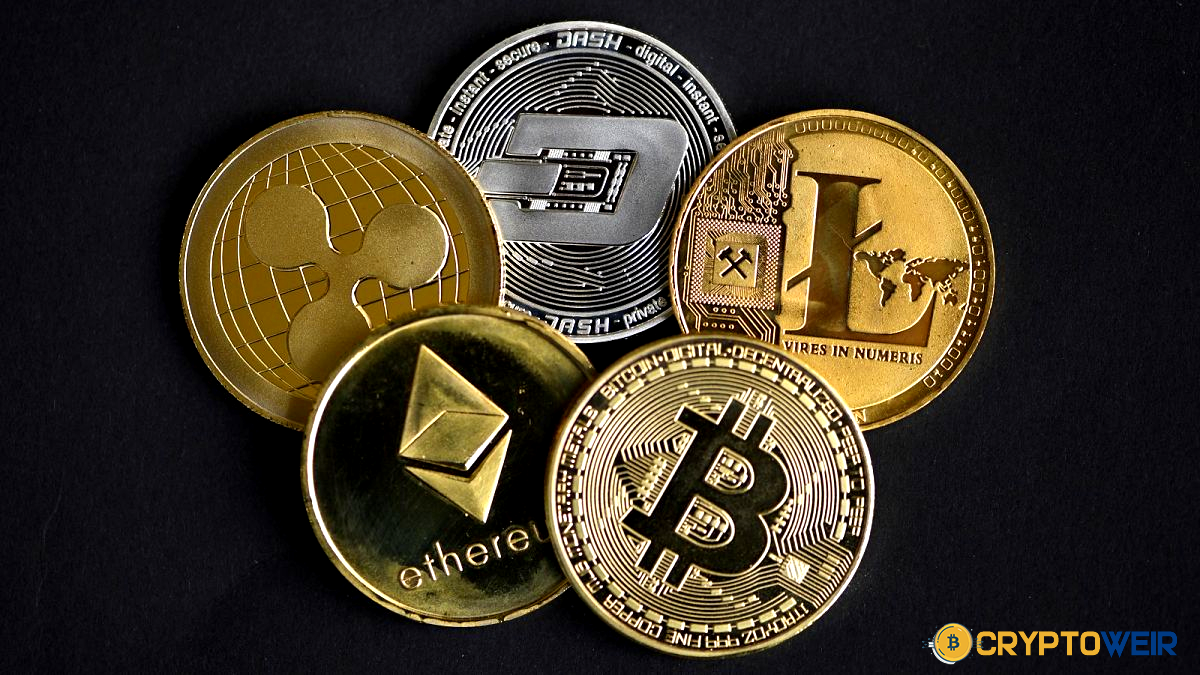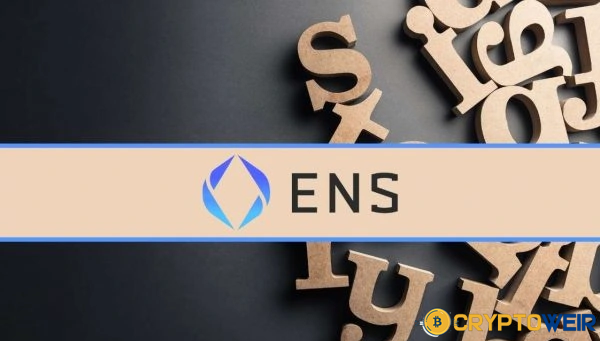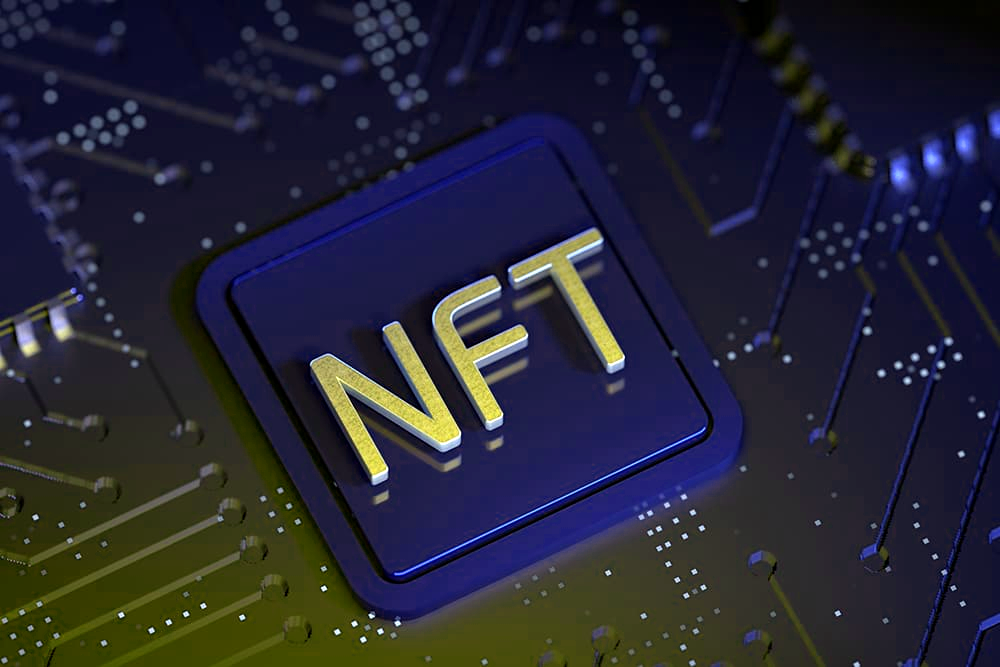An ICO: What Is It?

Initial Coin Offerings, or ICOs, are a novel approach to raise money for a variety of initiatives by offering a cryptocurrency. The majority of tech startups use it. In 2017, there were 235 ICOs, five times as many as in 2016. They contributed to the raising of more than…
You’ve come to the right place if you’re interested in understanding “what is ICO” and searching for “what is ICO guide.” This post will assist you in comprehending what an ICO is, how it functions, as well as its advantages and pitfalls.
What Is an ICO?
Initial Coin Offering is what it means. Selling cryptocurrencies is a novel way to raise money for various blockchain-related projects. It is used by new projects to trade newly created cryptocurrency tokens for Bitcoin, Ether, other cryptocurrencies, and occasionally money. Initial Public Offerings (IPO) are comparable to ICOs in some ways, however ICOs are typically unregulated and give investors few to no rights.
Read More:What is Blockchain?
So why would someone invest in or start an ICO? There are numerous ways that ICOs can benefit their investors.
ICO Advantages
The investors can enjoy the following benefits:
- A chance to purchase new cryptocurrencies for a bargain price in the hopes of making a profit (sort of like buying Bitcoin in 2011).
- Additional advantages of ICO currencies could include revenue redistribution or special access to projects’ goods and services.
- Ability to assist teams and initiatives you enjoy.
Meanwhile, token issuers get:
- Fewer regulations and quick access to initial capital.
- Unless otherwise noted, funds are provided without any loss of equity.
- Possibility to develop and test cutting-edge decentralised business ideas.
- A base of new users that are eager to test the service.
ICO Risks
It goes without saying that ICOs have some hazards as well. For illustration, token buyers must deal with:
- A team with little experience and little assurance that the project will deliver on its claims.
- There is no regulatory protection or return assurance.
- Limited openness regarding the advancement of the project.
- The possibility that the project will be a sophisticated fraud or pump-and-dump scheme.
At the site time, ICO initiators take a risk due to:
- Uncertain laws that could incur penalties or jail time.
- A risky investment caused by the erratic nature of cryptocurrency.
- There is very little information available regarding token holders.
At the end of the article, you can find a list of symptoms that may indicate the ICO project is a scam. Now, let’s take a quick look at how ICOs came to be.
ICOs’ Brief History
The first ICO was held by Mastercoin, a digital currency and communications protocol, in 2013, marking the beginning of the industry. It brought in about $5 million. The Ethereum ICO, which succeeded in raising about $18 million at the time, soon followed it.
The ICO market has been expanding slowly since 2014, but an explosion didn’t occur until 2017–2018. There were 875 ICOs in total in 2017, which is over 30 times more than in 2016. They contributed to the raising of more than $6.2 billion, up from $96 million in 2016. However, 2018 set a new record for ICOs with over 1200 transactions raising $7.85 billion.
The decentralised application network EOS, which raised over $4 billions in numerous rounds during 2017 and 2018, has the largest ICO to yet. Since the ICO boom of 2017 and 2018, interest in ICOs has started to decline.
How does ICO function?
A project or business outlines its plans to host an ICO by issuing a “whitepaper.” It provides information to enable potential investors make an informed decision about the project, its objectives, how much money it needs to raise when the ICO is planned, and other details.
An investor receives the project’s cryptocurrency, sometimes referred to as a token, in return for their contribution. Tokens may be purchased in exchange for other cryptocurrencies or fiat currency, like as US dollars, euros, and so on, depending on the project.
Read More:How Can I Purchase Ethereum With Cash?
On dapp platforms, most ICO tokens are issued. The most often used platform for token issuance as of February 2019 is Ethereum.
Ranking of platforms for issuing ICO tokens. The website ICObench
Compared to methods like borrowing money or selling bonds or shares, ICOs make it considerably easier for startups and other businesses to raise funding. They don’t have to deal with venture capitalists or banks, and the market is still mostly uncontrolled. However, as the industry develops and new rules are implemented, it can be anticipated that obtaining money through an ICO will become increasingly challenging.
Are ICOs Legal?
The reply is perhaps. ICOs are currently a completely grey area because there is no clear regulatory structure in place. The majority of ICOs must adhere to KYC/AML regulations because regulation is expected to come in the future. Since most police officers are reluctant to impose limitations on a potentially game-changing technology, it is now too difficult to apply any restrictions.
ICOs are handled differently by the Securities and Exchange Commission of the United States (SEC). A utility token that is being sold does not qualify as a financial security. Tokens can be classified as securities and are subject to legal requirements if they possess the characteristics of equity coins and are only intended to increase in value and benefit their investors.
At the end of the day, most people will continue to use ICOs as a method for fundraising until a regulated framework is implemented.
How to Spot a Fraudulent ICO?
Exit fraud Being able to recognise ICOs can help you save a lot of money because they are fairly common.
Nearly 10% of the money received through ICOs, according to Ernst & Young, ends up in the wallets of con artists.
However, it is possible to spot fake ICOs. Look out for these typical signs:
- Unknown group. Many scams keep their crew secret, making it impossible for anyone to confirm who is affiliated with the project. It raises a big red flag.
- A proposition seems unreasonably generous. A key warning sign is if the project promises you absurd returns or impossibly difficult things.
- No route map A genuine startup consistently anticipates its needs and is transparent about its future goals. The project’s future is probably nonexistent if it is hidden.
- Thread on bitcointalk.org. Announcing the start of an ICO on BitcoinTalk.org is a legitimate way to do it. The largest Bitcoin and cryptocurrency forum, and reputable projects will gladly take part in the debates and respond to all inquiries.
- Code. Credible projects will commit their code to Github where everyone can review it. No code, no project.
- Is the token or blockchain necessary? Many projects can function well without a distributed ledger. Many projects try to take advantage of ICO’s just to collect extra money. So ask yourself, does it really need its own coin?
- PR and media activity. Trustworthy projects hire qualified marketing specialists who manage to create an active, engaged community. Also, it is always a good sign if the project gets positive mentions in quality publications.
Keep in mind that not all ICOs are frauds, and they can also be a safe means to raise money for respectable and interesting companies.





